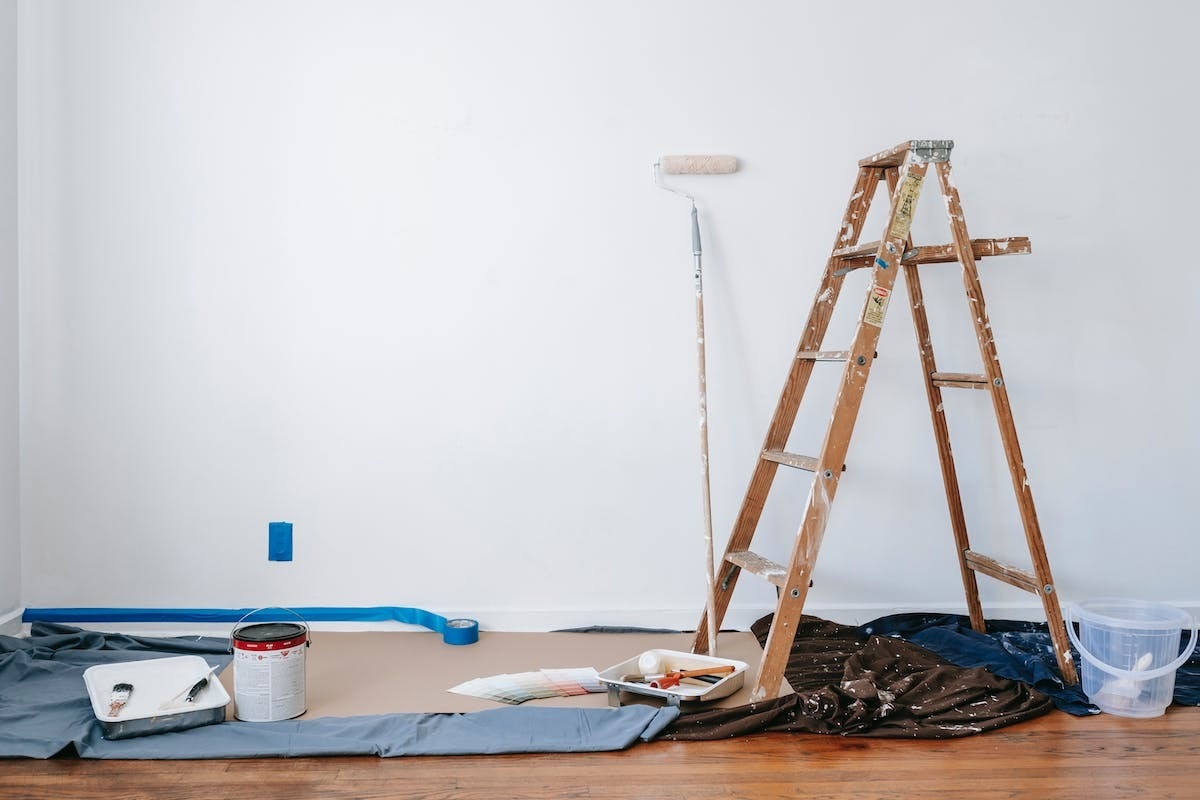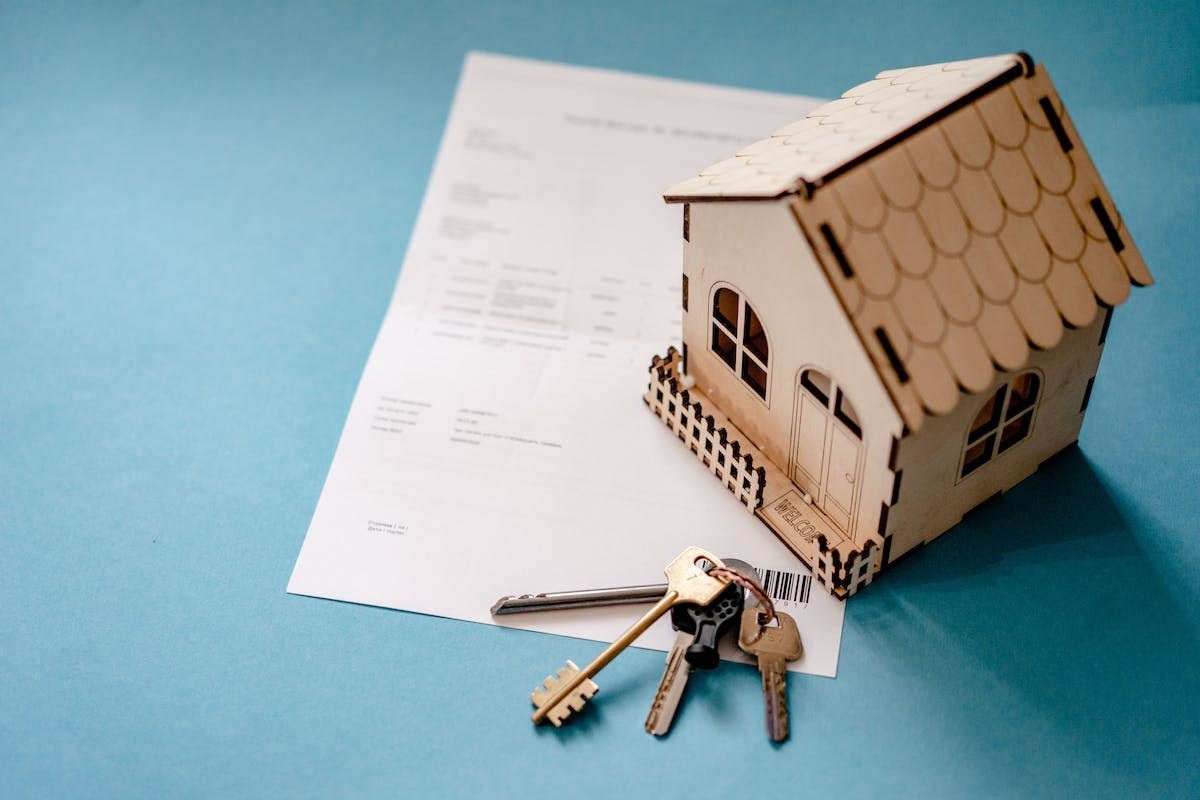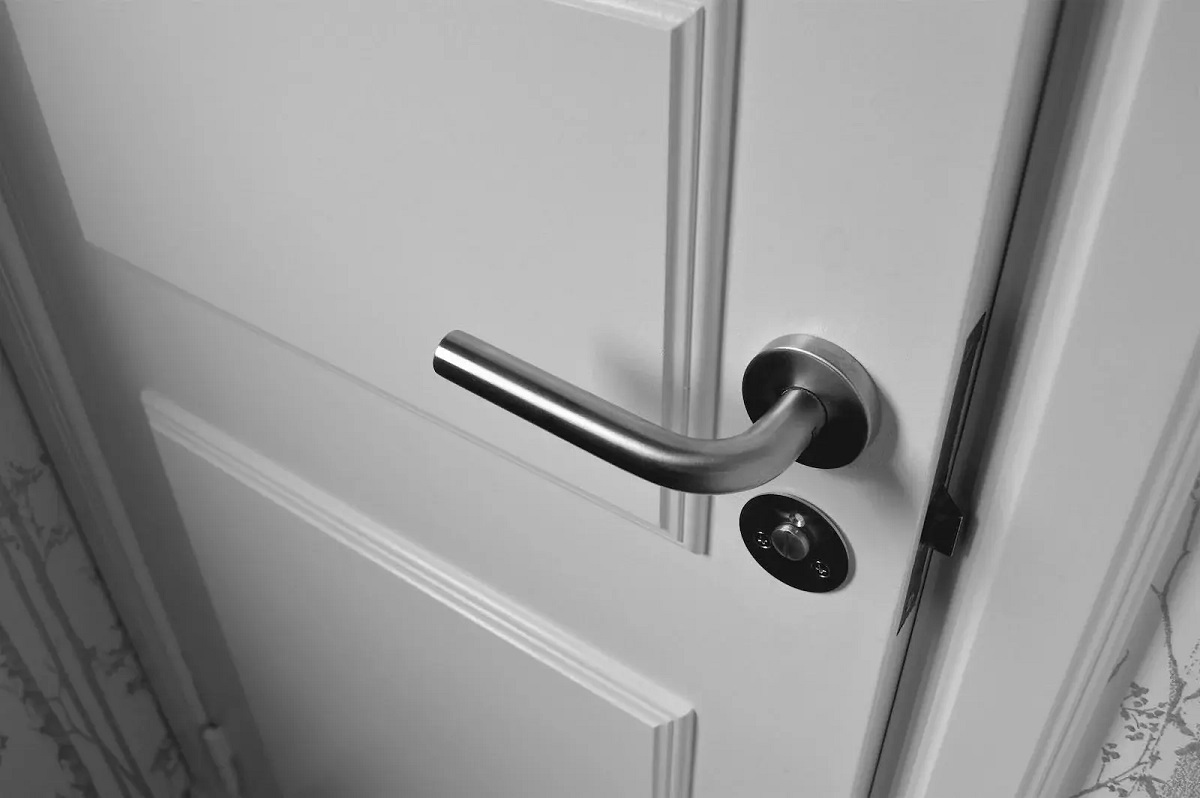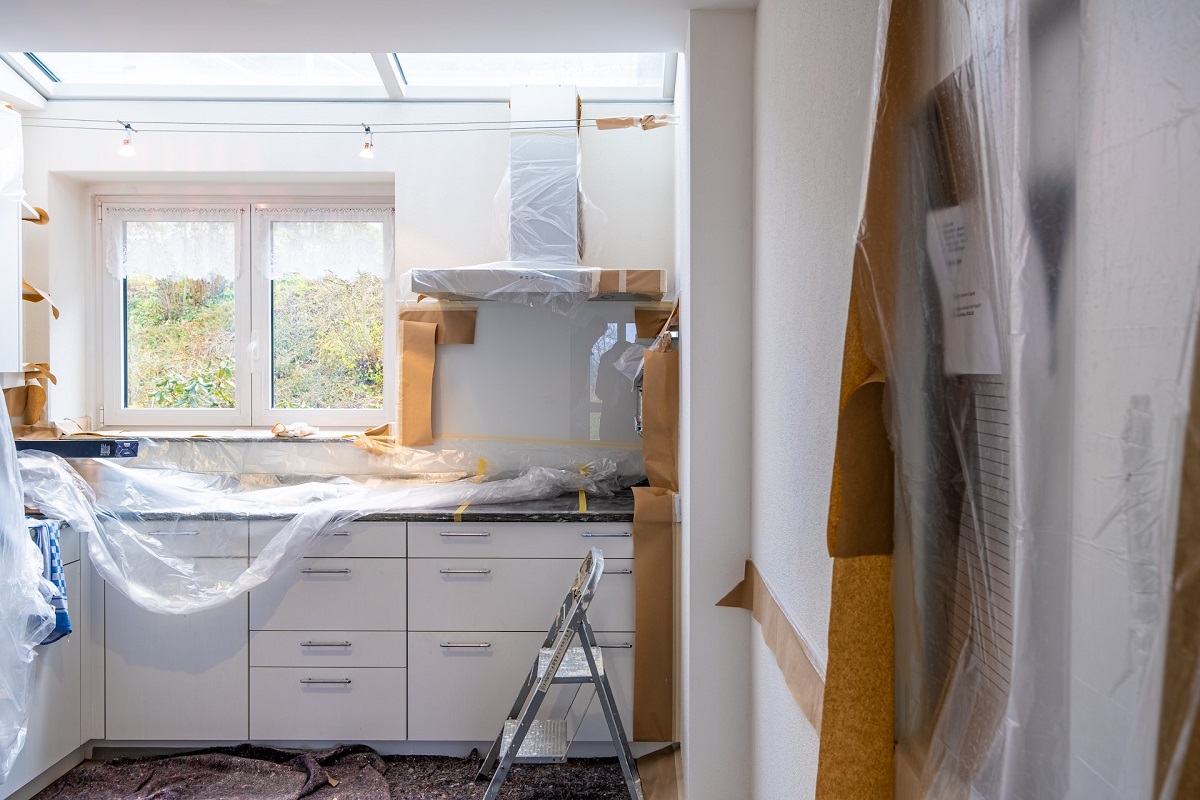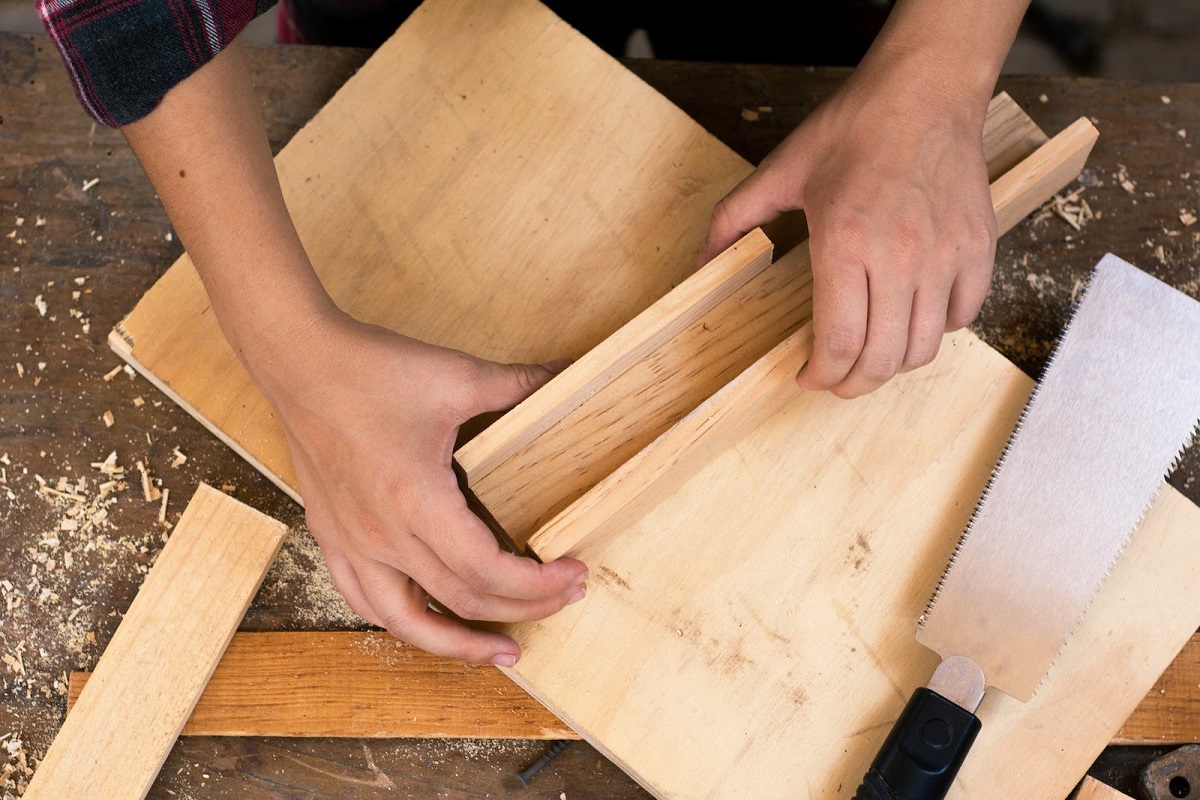
Never the cakewalk you expected: Leave some projects to the experts
___
Published Date 11/10/2023
Reality real estate remodeling shows are indeed the “smoke and mirrors” version of what is really happening during a given renovation. They never tell you about the timelines or expenses involved when things go badly, and they make every part of the renovation look so easy.
Realtor.com’s Rosie Amodio asks that before you pick up the drill or sledgehammer, pause for this public service announcement: Those TV shows don’t show about 90% of what happens to complete a project. “As contractors know all too well, home improvement shows are more about people than projects; in their pursuit of drama and a compelling narrative, they bypass a whole lot of details about how repairs and renovations actually get done,” says Amodio. And of course, they never tell you that they may have three entire construction crews working around the clock to get the job done.
If you fancy yourself a DIYer, it’s fine to go to YouTube to get an idea of what’s involved in even the smallest of jobs. But beyond that, a little bit of knowledge can be a dangerous thing. Literally dangerous — meaning too complicated and even too pricey, as buying or renting the equipment can cost as much as hiring a contractor.
MyFixItUPLife‘s Mark Clement puts it this way: “If you don’t know/own 90% of the tools and accessories you need for a project, then pro it.” He warns homeowners to avoid some DIY projects like a misfiring nail gun.
The first is molding. How many inspiring home improvement episodes have you seen where a quick addition of crown molding classes up a room, or a pattern of wood slats dress up a feature wall? The word of caution here is — no walls in a house are perfectly straight, not even in new houses. And no amount of caulk will smooth over these imperfections, either. Molding experts use various techniques such as scribing, which is painstakingly shaping your material with tools so it fits flush, to ensure your moldings are aligned and stay that way. In other words, molding is not for the amateur DIYer.
The next is thinking you can just rent a wood floor refinisher at your big box store and - presto! New floors! It sounds reasonable enough at first glance (after all, you’re just sanding off the top layer of wood, so how hard can it be?). But professional carpenters won’t even sand their own floors. Why? Because sanding machines require what he calls, “the right touch” by someone who does this day in and day out.
Take it from those who know. No matter how many times you watch a video, you won’t get the feel for the machine unless you do it day in and day out. Sanding one spot a few seconds too long could result in drum marks on the floor that can be extremely difficult to cover up.
Just because you could throw together a crystal radio set in 7th grade doesn’t mean you should tackle electrical projects in your home. While it might be easy to install dimmer switches after watching someone in person or online doing it, consider yourself lucky that you don’t didn’t blow up the place or electrocute yourself. Contractors warn homeowners to steer clear of all electrical tasks except changing a light bulb.
“You shouldn’t fool around with electricity,” says contractor Arthur Sadura. If you do want to DIY a dimmer switch, “YouTube is a good source of electrical tutorials,” he admits. “But a good rule of thumb is if your wires look different from what you are watching, abandon the project to avoid having to guess.”
Installing tile isn’t like playing a game of Tetris. While it’s not not an absolute don’t, a great-looking tile job does require a lot more planning than just slapping squares on the floor or wall, and then admiring your work. Even if you lay out the tile, measure, and measure again, there are edges to cut around things such as faucets and electrical outlets. Prepare to scale a steep learning curve cutting tile — especially glass mosaic tiles, which are among the toughest to cut.
So now you’re probably thinking it might be easier to get big tiles so there are fewer to install. Wrong. Large format tiles are even harder to cut than tiny glass mosaic ones, according to Sadura, and there’s lots of waste. Hire a professional already.
Roofing? Don’t even consider it. “It’s not that roofing is too hard,” explains Clement. “Often it’s just a matter of scale.” And something else: danger. In fact, Sadura recommends that regular folk avoid any exterior projects that involve scaffolding “for obvious reasons.”
The litmus test for doing permit-required work? If you don’t really understand how to get the permit—or if or why you need one in the first place—avoid the project. Many DIYers skip permits altogether, but they risk being shut down if spotted by an inspector or if a neighbor reports them. What’s even worse? You run the risk of having problems selling your house someday. Failing to disclose non-permitted work when selling causes a chain reaction because buyers might be unwilling to take on a home rife with potentially dangerous work. And can have trouble financing due to the unlawful alterations to the home.
Amodio says the general rule of thumb is to stick with DIY projects like painting, built-ins, or simple projects such as adding a chandelier — all of which don’t require permits. “Once you change the footprint of a house, update wiring, and add fences (because municipalities usually have height restrictions), you need a permit—which means you should probably call a contractor pronto.”
Realtor, TBWS
All information furnished has been forwarded to you and is provided by thetbwsgroup only for informational purposes. Forecasting shall be considered as events which may be expected but not guaranteed. Neither the forwarding party and/or company nor thetbwsgroup assume any responsibility to any person who relies on information or forecasting contained in this report and disclaims all liability in respect to decisions or actions, or lack thereof based on any or all of the contents of this report.
DISCLAIMER: Any interest rates and annual percentage rates (APRs) contained in this publication are based on current market conditions and are for informational purposes only.
Unlocked rates and APRs are subject to change without notice and may have pricing add-ons related to property type, loan amount, loan-to-value, credit score and other variables—call for
details. Progressive Lending Solutions, Inc. Licensed in MN and WI.


Progressive Lending Solutions, Inc
Corporate
NMLS: 107620
Progressive Lending Solutions, Inc.
Corporate: 2277 Hwy 36 W, Suite 304, Roseville MN
Company NMLS: 107620
Office: 866-680-2840
Cell: 612-940-5230
Email: info@progressivels.com

Progressive Lending Solutions, Inc
___
Corporate
NMLS: 107620
Cell: 612-940-5230
Last articles
___

Homebuyers need patience as well as a strategy
5/28/2024
In some instances, buying a home in today’s market amounts to a lot more than ma... view more

What aspects of buying can homebuyers actually control these days?
5/17/2024
This market. Call it what you will, because today’s homebuyers no doubt have all... view more

Put a cork in it. Why not?
5/7/2024
It may just be one of the best-kept secrets around when it comes to renovating o... view more

Downsizing after retirement: A decision best made with careful consideration
4/16/2024
Retirement can be a happy time. Earning downtime not steeped in paychecks and li... view more

The latest in real estate fraud: Forgeries expertly aided by computer technology
4/5/2024
This new huckster practice is known as deed fraud or home title theft. It involv... view more

Water in your home: Like water under the bridge or a cut above?
4/2/2024
When poet Samuel Coleridge was speaking of water being everywhere without a drop... view more

Great water pressure is no accident
3/26/2024
Water pressure is a big deal. Where we want it most, however, is in our homes, s... view more

Springtime open houses and quick decisions
3/11/2024
Things are looking up for real estate lately. Those who report the numbers are t... view more
Load more
 Progressive Lending Solutions, Inc.
Progressive Lending Solutions, Inc.





